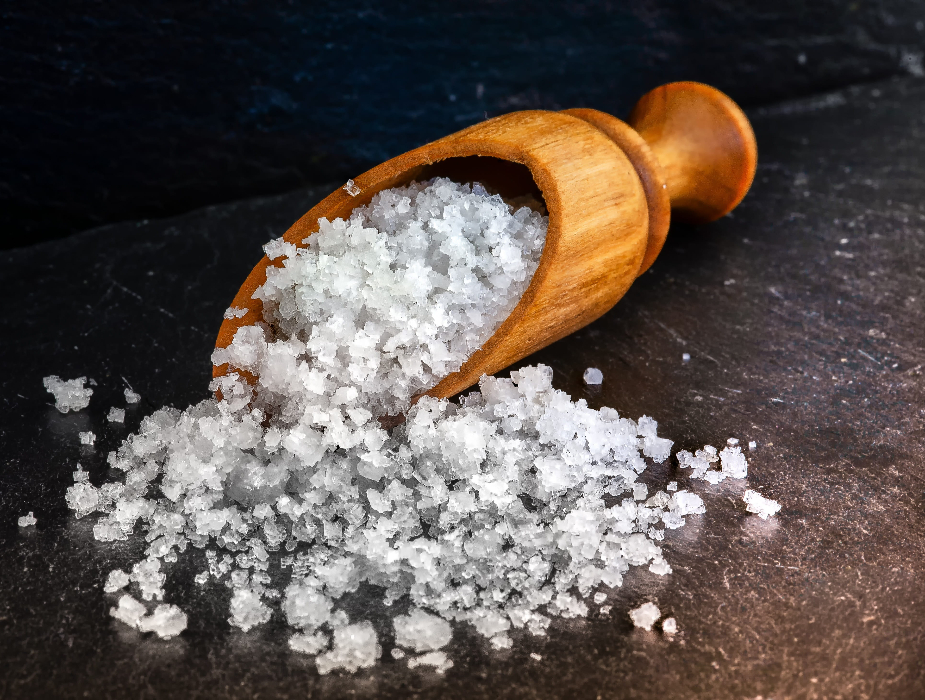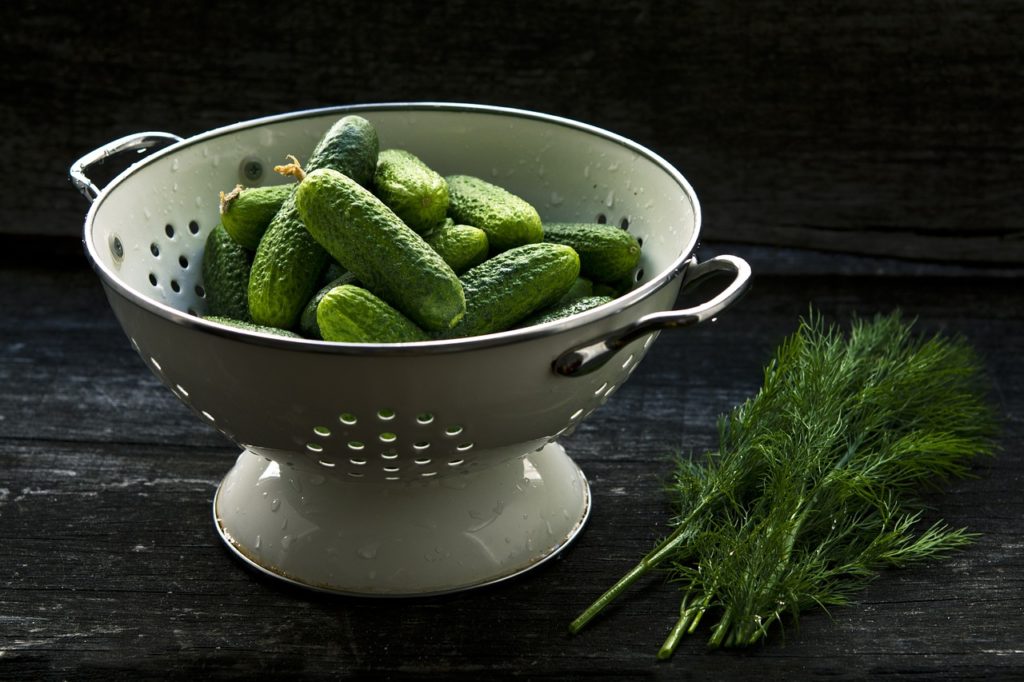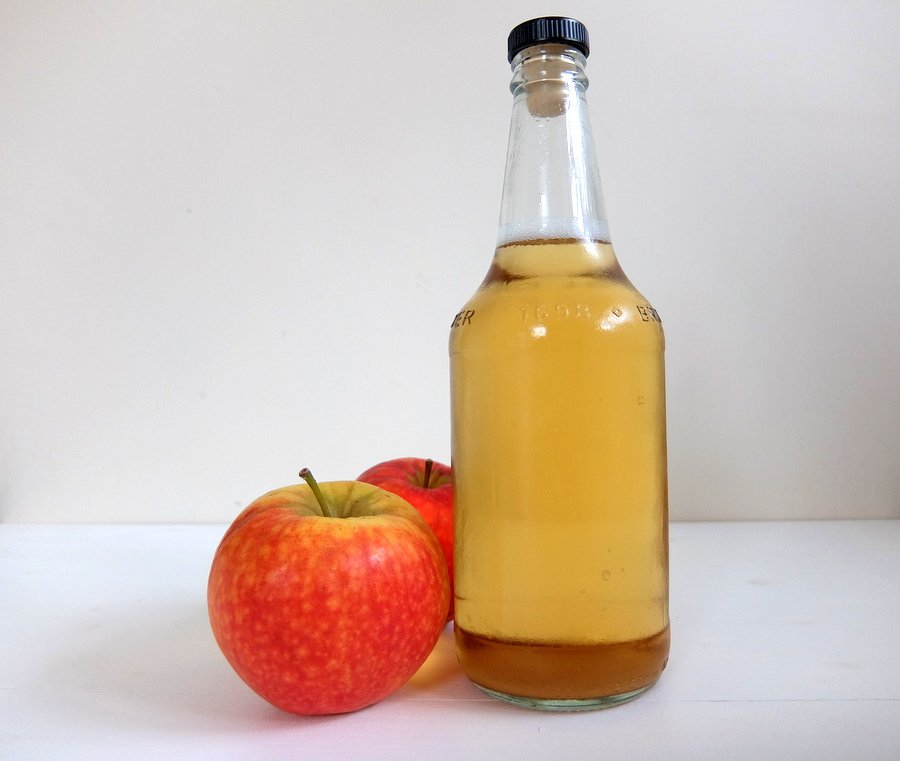Salt is used in many forms of food preservation and it is particularly important for fermentation. There is a fine balance necessary for getting the best results, too much salt and fermentation won’t start, too little and you won’t prevent the food from spoiling.
When most people think of salting food to preserve them it is often of piles of salt covering the food but this is not the case for fermentation. Fermentation of vegetables and fruits uses just enough salt to prevent spoilage and fortunately, there are ways we can easily work out just the right amount of salt to use.
Table of Contents
What Is The Purpose Of Salt In Fermentation?
Salt is a natural preservative and it is used in all sorts of processes and techniques to preserve food.
In the fermentation of vegetables or fruits, salt has key properties that encourage fermentation and prohibit spoiling at the same time.
Lactic Acid Bacteria Grow Despite Salt
Lactic acid-producing bacteria are the microorganisms responsible for fermentation. They feed off the sugars in the vegetables and the byproduct of this is they produce acid. This acidic environment produced by the bacteria is what preserves the vegetables.
Salt is crucial to the success of these lactic acid producing bacteria. The salt prevents other bacteria or microorganisms from growing allowing the lactic acid producing bacteria to get established and outcompete any other bacteria.
The lactic acid producing bacteria don’t mind salty environments where other spoilage organisms can’t grow. The salt then creates an environment perfect for fermentation by the lactic acid producing bacteria.
Salt Maintains Texture
Salt draws moisture from the vegetables or fruit being fermented. This helps not only the flavour but also the texture.
Without salt pickled vegetables like cucumbers or carrots will lose their crunch and turn mushy.
The Two Ways Of Adding Salt To Vegetables
There are two ways of using salt to ferment vegetables, either in a brine or by adding salt directly to the vegetable being fermented. The method would typically look like this:
Adding Salt Directly To The Vegetables
The simplest method is to rub the salt all over the vegetables being fermented. This is usually vegetables that are finely shredded or grated such as cabbage to make sauerkraut or kimchi.
The shredded vegetables are tightly packed into a jar or container and moisture drawn from the vegetable creates a brine with no added water necessary.
Using Salt In A Brine
A brine made with just water and salt allows a jar to be filled and then whole or sliced vegetables to be added to it. A brine can also be carefully measured to ensure just the right amount of salt is used.
How Much Salt To Use For Fermenting Vegetables?

There is a limit to how much salt you need to add to vegetables. Too much and the lactic acid bacteria won’t be able to get started, too little and other microorganisms will compete with the lactic acid bacteria.
2 – 3% Salt For Ferments
The ideal amount of salt for fermentation is between 2 – 3% salt by weight of vegetable or water for brine ferments. To make a bit more sense of this let’s take a look at some examples:
Making a 2 – 3% Brine
To make a 2% brine you would need to measure the amount of water needed for the brine and then add 2% salt by weight to the water. The easiest way to do this is measuring the volume in litres/milliliters and then calculate 2% of that volume to find the number of grams of salt needed.
To make 1 litre of brine you calculate 2% of 1000 which equals 20. You would then 20 grams of salt to the water which results in a 2% brine
To make 600ml of 3% brine you calculate 3% of 600ml which equals 18. 18 grams of salt in 600ml of water results in a 3% brine.
Adding 2 – 3% Salt Directly To Vegetables
In the case of ferments like sauerkraut where no brine is used we can still calculate a 2 – 3% salt content by weighing the cabbage or vegetables.
1kg of cabbage would need 20 grams of salt to reach a 2% salt level.
Fermenting With 5% Salt
In certain instances some people increase the amount of salt in a ferment to 5%.
Cucumbers or pickles and peppers or hot sauce need slightly more salt than other vegetables as they are more prone to spoilage organisms.
Calculating the amount of salt needed for a brine works in exactly the same way. Take the amount of water or weight of vegetables and then calculate the percentage of salt needed.
Chart Of Brine Required For Fermenting Different Vegetables
| Vegetable | Salt Needed |
| Beetroot | 2% |
| Broccoli | 2.5% |
| Cabbage | 2% |
| Carrots | 2.5% |
| Cauliflower | 2% |
| Celery | 1% – 2% |
| Cucumber | 3.5% – 5% |
| Garlic | 3% |
| Green beans | 2% |
| Onions | 5% |
| Peppers | 5% |
| Potatoes | 2% |
| Radish | 5% |
| Tomatoes | 2% |
| Olives | 10% |
Pickling Brine Calculator
To make the process of making a brine really simple I have included a calculator below, simply fill in the amounts needed and the weight of salt you need to add should be calculated for you.




Thanks. You are a great teacher! Not only the how instructions, but also the why behind each step. I really appreciate that.
Thanks, glad you found the article helpful!
I love your brine calculator. Thanks so much??.
Very good explanation. Thank you.